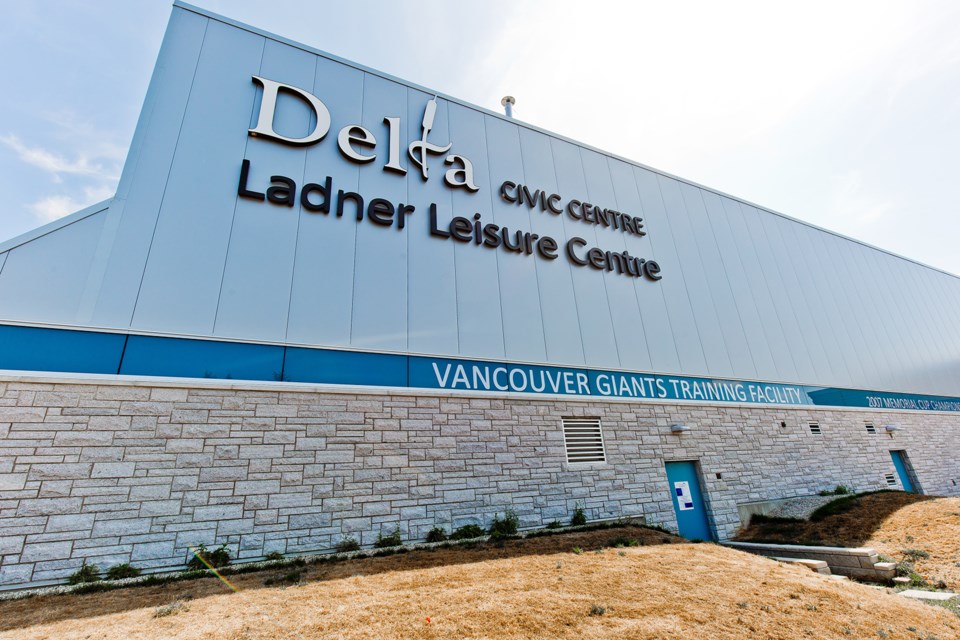The City of Delta wants to make some of its facilities even greener.
A request for proposals was recently issued for a consultant to conduct greenhouse gas (GHG) reduction pathways feasibility studies for five recreation facilities.
The consultant must be approved by both BC Hydro and FortisBC to provide engineering consulting for the custom/feasibility studies.
The city notes that the project seeks to develop a long-term plan to achieve energy and GHG emission reductions for the Sungod Recreation Centre, Ladner Leisure Centre, South Delta Recreation Centre, North Delta Recreation Centre and the Tilbury Arena.
The city says that for Delta to reach its greenhouse gas reduction target of 45 per cent by 2030 from 2007 levels, and net zero emissions by 2050, it will require deep energy retrofits in municipal buildings.
The best time to complete such retrofits is in conjunction with equipment renewal projects where HVAC equipment has reached the end of life and when renovating or upgrading a building.
The city also says the B.C. government through the CleanBC Plan has indicated it will implement an Alteration Code for existing buildings by 2024. The implementation of an Alteration Code will likely influence future renovations and retrofits completed for municipal buildings.
Meanwhile, the regional district is looking at how to implement Metro’s Clean Air Plan and Climate 2050 strategy, including developing and adopting a regional GHG emission regulation for existing large buildings.
A recent Metro report notes buildings are the second-largest source of regional GHG emissions, yet there are no regionally applicable regulations for reducing emissions from existing buildings. Of all the buildings in the region, two-thirds will still be in use by 2050.



